Live fish foods are important for keeping aquarium fish healthy and happy. These foods are full of nutrients and help fish grow, look colorful, and act naturally. In this guide, we'll learn about different live foods, why they're good for fish, and how to pick the best ones for your aquarium pets. Whether you're new to fish keeping or have been doing it for a while, knowing about live foods can really help your fish live better and longer.
Key Takeaways
- Better nutrition, natural behaviors, improved health, breeding support
- Types include rotifers, phytoplankton, copepods, special reef mixes
- Consider fish type needs, age, eating habits, water conditions
- You can grow some live foods at home
- Proper cooling and handling important to keep food good
Understanding the Importance of Live Fish Foods
Live fish foods are better than processed foods in many ways. They're like what fish eat in nature, giving them important nutrients and letting them eat how they normally would. Live fish foods are really good for:
- Helping fish grow healthy by giving them all the nutrients they need
- Making fish stronger against sickness
- Making fish more colorful and look better
- Helping fish want to breed
- Letting fish hunt like they would in nature, which makes them less stressed
- Giving different kinds of food for different types of fish
Types of Live Fish Foods
There are many kinds of live fish foods. Each kind is good for different fish and different ages of fish. Let's look at some popular ones:
1. Rotifers
Rotifers are tiny animals that are great for baby fish and small fish. They're important because they're small enough for little fish to eat and full of good stuff. AlgaGen Direct sells Zoo-Plasm™ Rotifers, which are really good live food with lots of healthy fats. They cost $19.99 for a 500 ml container. These rotifers help small fish grow and are especially good for helping baby fish's brains grow.
2. Phytoplankton
Phytoplankton are tiny plants that many sea animals eat. They have lots of vitamins and other good things fish need. Phyto-Plasm™ Phyto Brown is a good live food that helps fish grow and look bright. It costs $10.99 for 100g. This food is really good for animals that filter water to eat and for baby fish, giving them food like they'd get in the ocean.
3. Copepods
Copepods are small animals that many fish like to eat. They have lots of protein and fats that fish need. AlgaGenPods™ Tisbe are good live foods that help fish grow and stay healthy. They cost $12.99 for a 500 ml container. These copepods have good fats that make fish colorful and strong. They're really great for reef tanks because they can live in the tank and keep making more food for corals and small fish.
Choosing the Right Live Fish Foods
When picking live foods for your fish, think about these things:
- What kind of fish you have: Different fish need different foods.
- How old your fish are: Baby fish need smaller food than grown-up fish.
- How your fish eat: Some fish like food that floats, others like food that sinks.
- Your tank's water: Make sure the food works with your tank's water.
- What's in the food: Some foods have more protein, others have more vitamins.
- How often you can get the food: Think about how often you can buy fresh food and how to keep it good.
Growing Live Fish Foods at Home
If you want to always have fresh live food, you can grow it at home. This way, you know the food is fresh and good for your fish. The Rotifer Starter Combo, which costs $29.99, gives you everything to grow rotifers at home. It's easy to use and great for people who have baby fish or special fish that need lots of live food.
Special Live Foods for Reef Tanks
Reef tanks need special foods because they have many different animals like corals and special fish. PhycoPure™ Reef Blend is made just for these tanks. It costs $19.99 for 4 oz and has a mix of tiny plants and animals that corals, fish, and other sea creatures need. This mix helps everything in the tank grow, look colorful, and stay healthy, just like they would in the ocean.
Benefits of Using Live Fish Foods
Using live fish foods offers several key advantages:
- Better Nutrition: Live foods give fish all the nutrients they need, just like in nature.
- Natural Behaviors: Helps fish act like they would in the wild, keeping them active and happy.
- Improved Health: Makes fish healthier, helps them fight sickness, and look more colorful.
- Breeding Support: Gives fish what they need to have babies and helps baby fish grow.
Storing and Handling Live Fish Foods
It's important to store and handle live fish foods properly to keep them good for your fish. Here are some tips:
- Keep foods like PhycoPure™ Zooxanthellae in the fridge after opening. Most live foods should be kept cold, between 35-40°F, to stay fresh longer.
- Use clean tools when handling live foods to keep them safe from germs.
- Follow the instructions on how much to feed your fish. Giving too much can make the water dirty.
- Use older food first and check when food expires to make sure it's still good.
- Don't let the food get too hot or cold suddenly, as this can hurt the tiny animals in it.
- If you can, rinse live foods with clean water before feeding to your fish.
- If you grow your own live foods, keep different types separate to avoid mixing them up.
Conclusion
Using live foods can make your fish healthier, more colorful, and happier. By learning about different live foods and what they do, you can give your fish a great diet. Remember to think about what your specific fish need and ask for help if you're not sure. Giving your fish different live foods keeps their diet interesting and helps them act naturally. With the right live foods, your fish tank can be a lively, colorful place that's fun to watch. As you learn more, you might even want to try growing your own live foods, which can be a fun part of taking care of fish and help your underwater pets even more.
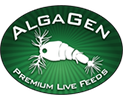
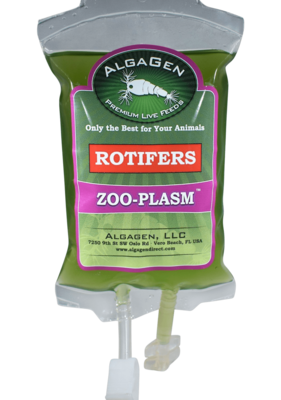




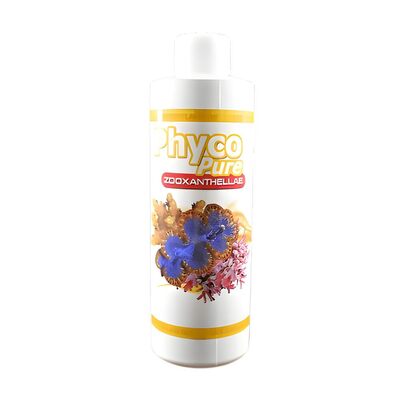
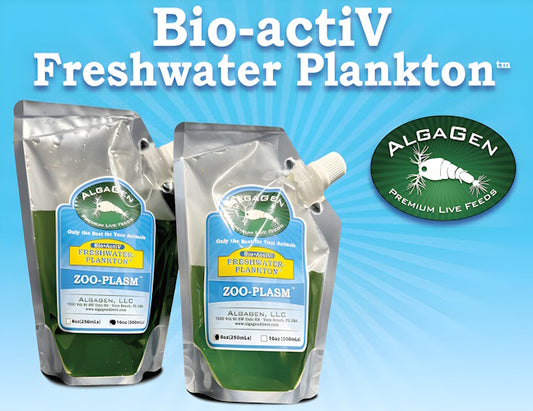
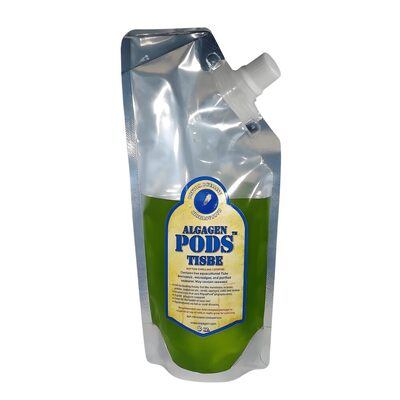
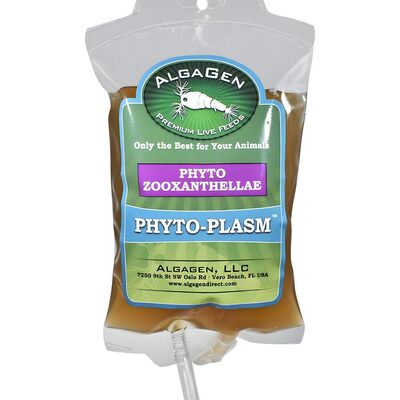
Recent post